Issue: February 2013
The number of producing U.S. gas wells showed signs of growth in 2012, just barely reversing the negative trend of the previous year.
From the Canadian perspective, three major issues are dominating 2013—oil sands, pipelines and the price trap that is straining company profits and royalty revenues.
Barclays forecasts exploration to be at the forefront of spending, with a focus on liquids-rich resources and accelerated deepwater activity.
The oil and gas industry has experienced two strong consecutive years, although it remains somewhat on an activity plateau.
Having backed the wrong horse in the election, the upstream industry must now live with the oil and gas policy consequences, the best that it can.
The southern part of the Americas continues to be a region of prolific growth. E&P activity will accelerate this year, both on and offshore, particularly in the deepwater, pre-salt areas of Brazil.
Last year, the number of U.S. wells producing oil grew 2.6% (up 14,225 wells), boosted by increases in oil-directed drilling.
The U.S. rig count average rose 1.9% last year. This 40-rig increase was less than 2011’s 334-rig increase (up 21.6%), for a number of reasons.
The global E&P industry is set, for yet another year, to ride a high tide of drilling and production increases, with no end in sight
Although oil prices have generally sagged below 2011 levels, U.S. crude oil and NGL production increases accelerated in 2012. Year-over-year, production volume rose almost 13% overall, led by the Gulf Coast and, increasingly, the Mid-Continent region, with its skyrocketing shale activity.
End-of-year oil reserves increased for the third consecutive year, and gas reserves grew from 18.6 Bbbl in 2010 to 20.3 Bbbl in 2011, while gas reserves increased 4%, combined annual growth in the five-year period analyzed by Ernst & Young in its 2012 US E&P benchmark study.
Much like the once-hyperactive pensioner clinging to assurances that productive days remain, the granddaddy of the unconventional shale plays stubbornly refuses to fade into retirement.
A Shell-Halliburton team implemented a collaborative, systematic reliability program to reduce MWD, mud motor and LWD failures under HPHT downhole conditions. Within two years, the team reduced the failure rate by more than 80%, in spite of increasing bottomhole circulating temperature.
Shell, Statoil and ExxonMobil forgot to tell Noble Energy that the Arctic was to be the next hydrocarbon frontier. In an exceptional effort with several minority partners, the U.S. independent has upended plans of the Arctic-focused IOCs by making significant natural gas discoveries in the eastern Mediterranean’s Levant basin: Tamar (9.7 Tcf), Leviathan (17 Tcf) and Cypress A (5-8 Tcf).
Operational and technological solutions in the shale plays should proactively address social responsibility and community interests. Aiding this effort is a slurry agent that optimizes cementing and reduces the need for remediation.
No second guessing on Kulluk
An oilfield career: A play in three acts
A look back and a forward leap of faith
Richard Sinclair: Propelling the future of fracing
Parsing the EIA oil and gas forecasts
Coal heads toward being the energy king
Droid-driven seismic
Fractured reality
Companies in the news
Industry at a glance
Meetings and Events
New products and services
People in industry
World of Oil and Gas


